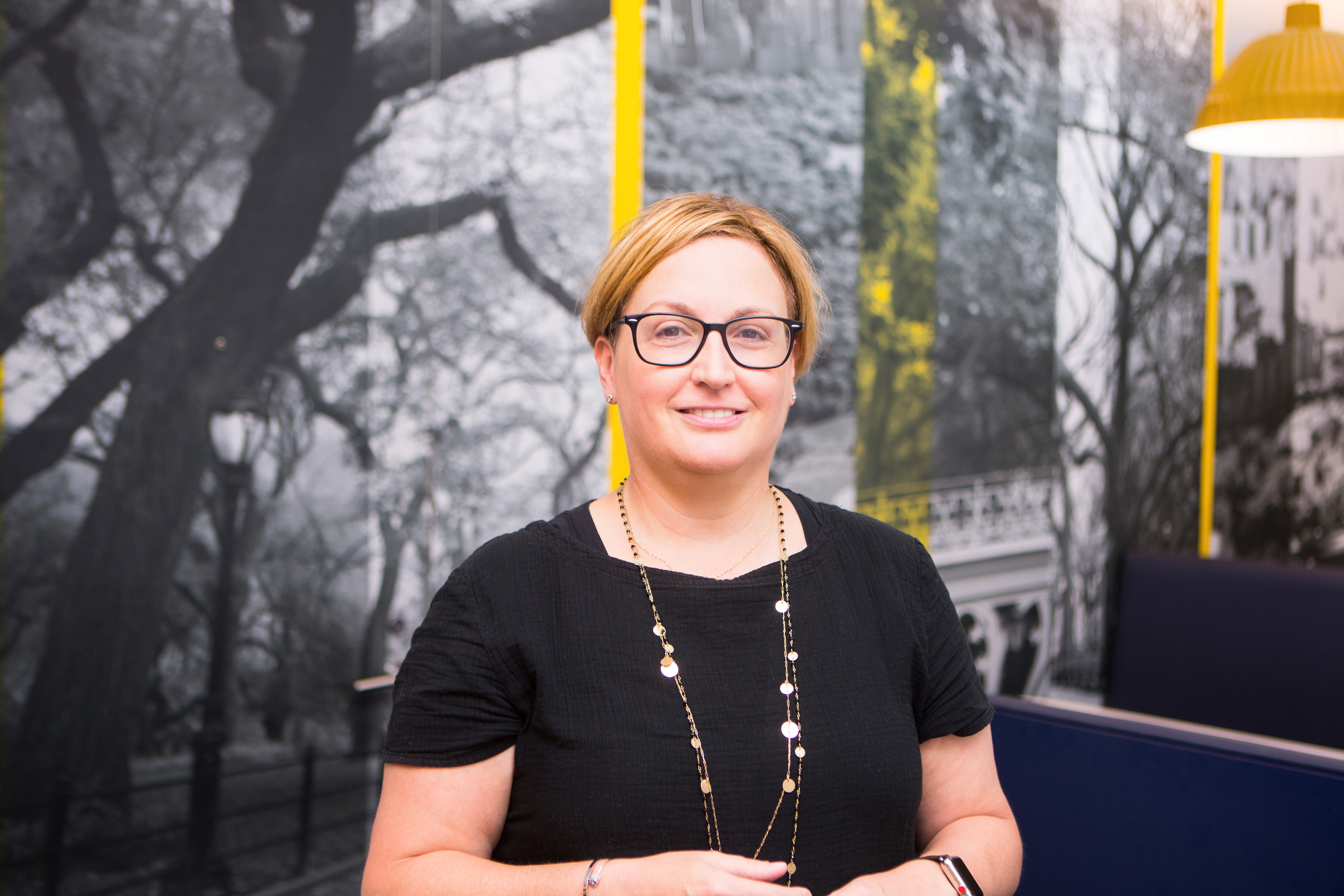EY refers to the global organization, and may refer to one or more, of the member firms of Ernst & Young Global Limited, each of which is a separate legal entity. Ernst & Young Global Limited, a UK company limited by guarantee, does not provide services to clients.
How EY can help
-
Sustainability and ESG services that help protect and create value for business, people, society and the world. Explore the depth and breadth of EY services and solutions.
Read more
Too often sustainability sits apart, siloed in the CSO’s team or another group who struggle to influence the rest of the organization. Little more than half (54%) of CSOs in the EY Sustainable Value Study say that they have the authority to hold others accountable for their performance on sustainability initiatives.
Lack of accountability can be symptomatic of a broader lack of alignment and cross-functional collaboration. The EY Sustainable Value Study reveals that 41% of organizations want significant improvement in collaboration between C-suite and board to effectively execute their climate strategy.
Gaps such as these frequently result in the creation of a sustainability strategy that is separate from the overall business strategy, relegating it to the margins. However, by integrating sustainability into the organization’s overarching strategy, leaders can bring functions together in a common goal.
Top-down leadership
Avoiding these disconnects starts with a drive for integration from the top, led and sponsored by the CEO with the support of the board. The whole executive team needs to be engaged and committed to driving the right internal and external conversations. By co-creating strategy and metrics and socializing them across functions, business units and geographies, companies can achieve widescale buy-in and alignment.
Take, for example, one of Australia’s largest property developer, Stockland. The CSO and Head of Development, Petie Walker recalls when CEO, Tarun Gupta, “made sustainability a core part of the new business strategy he implemented when he assumed the role few years ago, triggering an 18-month process to refresh the company’s approach to sustainability that engaged the entire organization”.
“The CEO's role is absolutely crucial,” adds Andrew Stevens, a non-executive director of Stockland’s board, and Chair of the Sustainability Committee. “It's very difficult for enthusiastic people to move the needle on sustainability if that's not matched at the top in the leadership.”
At Mahindra, the automobile manufacturer, the sustainability committee is chaired by the group CEO, Anish Shah, giving its decisions the weight of his office. “Silos are perforated,” says Vikram Mehta, lead independent director of Mahindra’s board.
Strategic and future looking
In this process, collaboration among the CSO/CFO/Board trifecta is essential for making sustainability strategic and future-looking. This is perhaps nowhere more important than at Asahi, whose business, as a major beverage company, depends heavily on natural products. “We believe that sustainability is an investment in our future. We try to quantify the risk and the impact and try to avoid future cost,” says Kaoru Sakita, Asahi’s Group CFO.
For Kayoko Kondo, the company’s previous Head of Sustainability, the growing imperative to demonstrate the value of sustainability to future financial outcomes will require the CSO and CFO to “work as just one team”. Keizo Tanimura, the company’s Director EVP and Group CPO, adds: “It's important to think about the future and what kind of culture, strategy and day-to-day leadership you seek. It all comes down to crafting dynamics and governance frameworks that are fit for the company, and creating the foundations and supporting mechanisms that allow those frameworks to evolve continuously and remain effective.”
Expanding beyond the trifecta
While the trifecta remains central, as the team driving change, all a company’s leaders need to come together to cascade a sustainability strategy throughout the organization.
“Everyone in our executive team sponsors a part of the sustainability strategy,” says Alison Harrop, Stockland’s CFO. “It's very much a spiderweb sitting across our organization with many intersecting points but driven by the people in the business who can deliver the outcomes.”
The demands of more robust and regulatory-driven non-financial reporting are another important catalyst. For example, at the e-commerce company eBay, the sustainability team is increasingly collaborating with the company’s Chief Accounting Officer and SEC reporting team, “we have tremendous partnership across the whole of the finance organization” says Steve Priest, CFO of eBay.
Technology change is also creating need to expand the sustainability team. The dramatic adoption of generative AI (GenAI) has sparked a spike in both energy consumption and data center buildouts globally. Whether an organization is maintaining its own data centers or using cloud providers, the need to understand the climate and nature impacts of GenAI brings the Chief Information Officer to the table.












